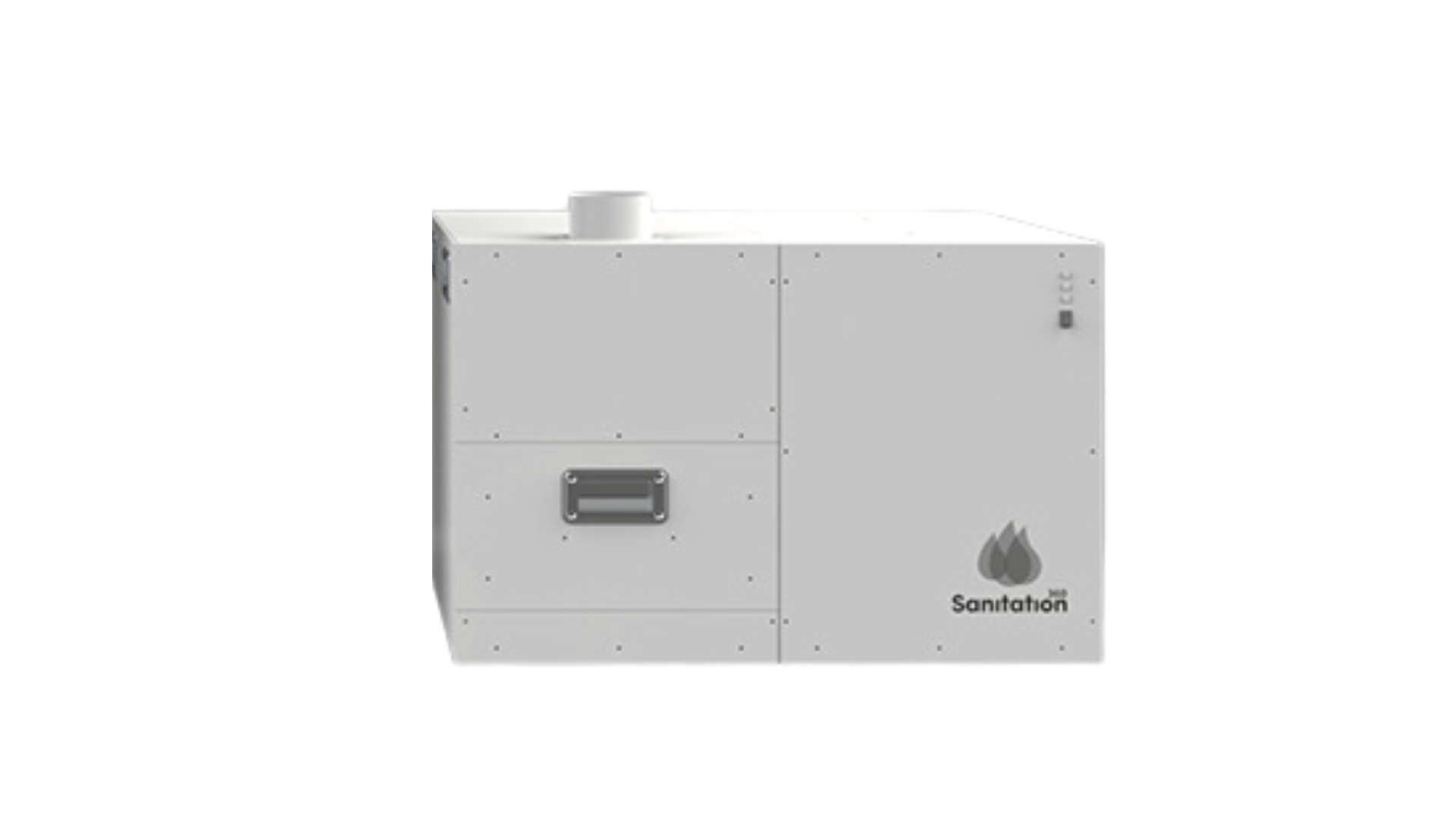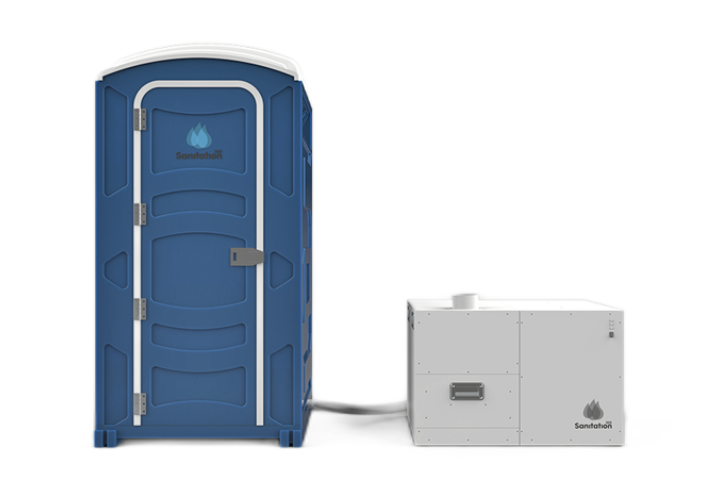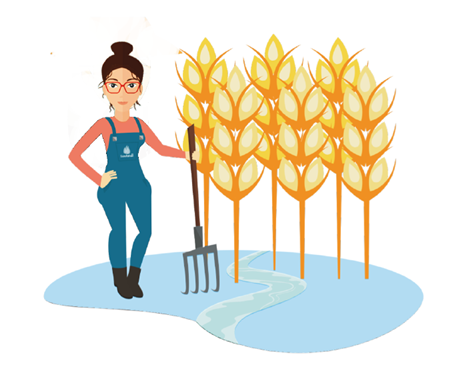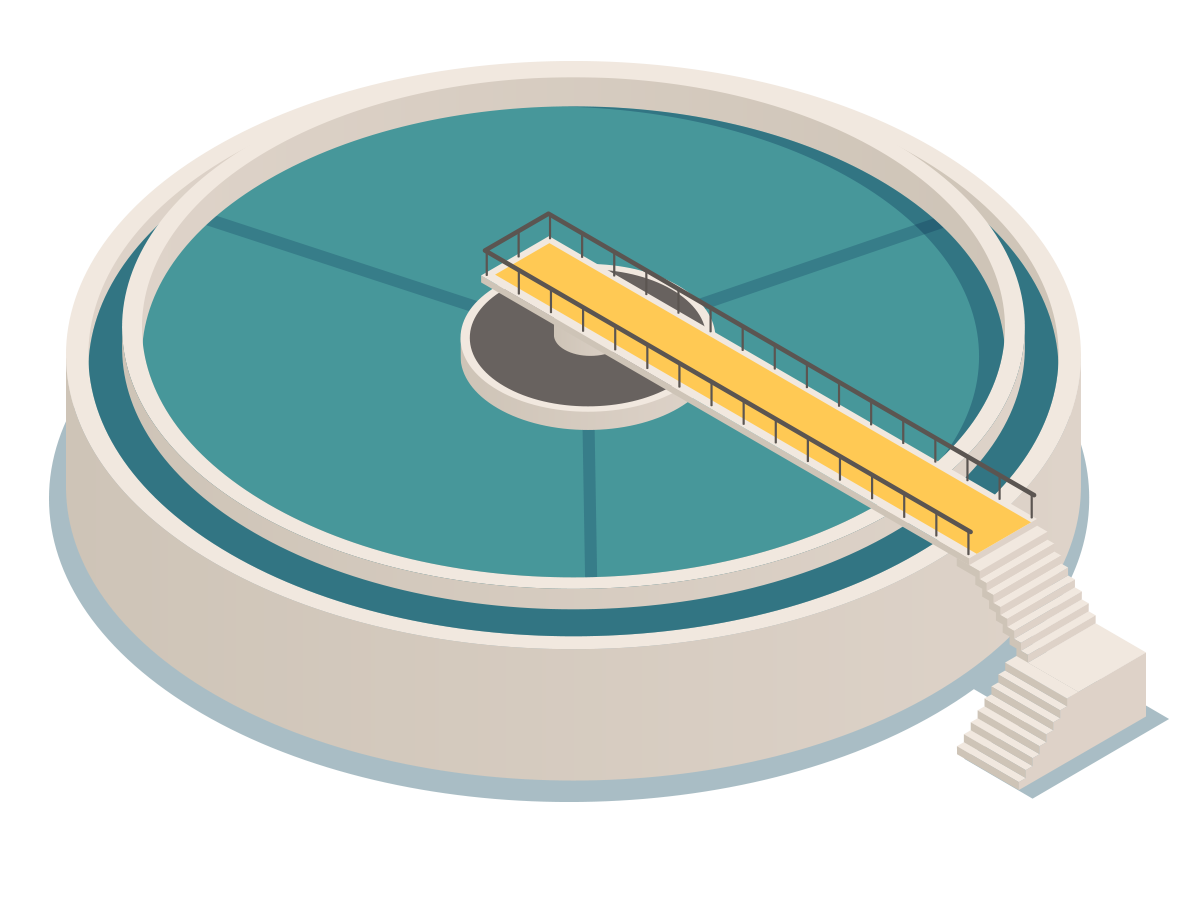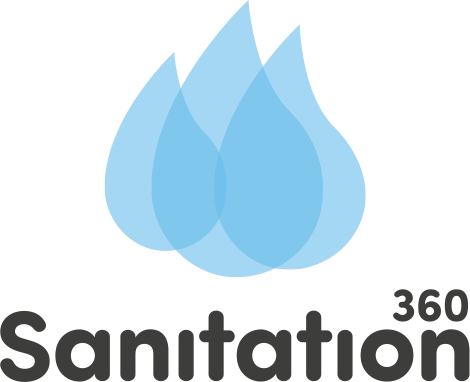We Recycle Your Pee
Want to reduce your household waste? With our uniquely developed urine stabilizer and urine cassette, you can do just that! You simply pour the powder into the cassette which we connect to your urine diverting toilet or urinal, and it will treat and concentrate the urine for you. If you happen to have a mobile urinal, you can pour the powder straight into the urinal.
Either you can use the stabilized urine directly in your garden, or we can collect and further treat it into a granular, nutrient rich fertilizer for farmers. The outcome of this solution is cleaner water, safer toilets and sustainable communities.
We successfully preserve the majority of nitrogen in urine during processing, concentrating it to the ideal target level of 15%, and producing a solid based urine fertilizer. Farmers can easily store, transport and more importantly, use our fertilizer with their existing conventional farming equipment.

